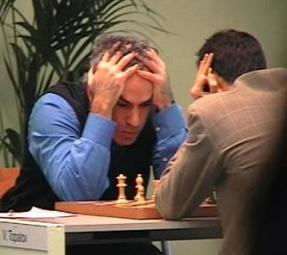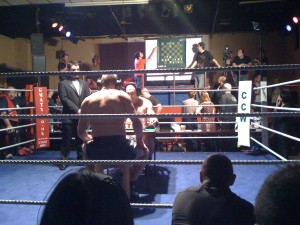(Updated to include all of Broder’s published pieces on the matter)
After their 2011 cock-up with their Top Gear review, you might be forgiven for thinking that Tesla had learned a valuable lesson. Nope.
Here (10 Feb 2013) is the review by John Broder of the NY Times, in which he roundly disparages the Tesla Model S. Elon Musk — Chairman, Product Architect and CEO of Tesla — firmly disputed Broder’s account of what happened.
Here (12 Feb 2013) is Broder’s second piece on the matter, in which he defends the allegations he made in the review.
Here (13 Feb 2013) is Tesla’s public response, including detailed logs of what the car was actually doing. On the face of it, this appears to completely vindicate Musk (not to mention raise questions about Broder’s approach to journalism).
Here (14 Feb 2013) is Broder’s third piece, with a point-by-point reply to Tesla’s blog entry. Many, if not all, of his points sound reasonable.
At this point, the whole thing is a he-said-she-said debacle.
None of that matters, though.
Tesla screwed up here, and badly. Not technically (i.e. from an engineering perspective), but definitely on the marketing side.
It might be cynical, but looking into the past work of the dude assigned to evaluate your product is just basic PR management. What kind of marketing director doesn’t sit down and think about what prior biases any given reviewer might have? I suppose I can understand failing to think about it the first time, but twice is just plain stupid.
Especially because of the fiasco with Top Gear and Broder’s (apparently) demonstrated prior beliefs, but fundamentally just as a basic courtesy, why didn’t Tesla tell Broder and the NY Times up front that everything would be logged? Heck, why not ask (or even insist) beforehand that the log data be made publicly available alongside the article? Isn’t a near endless supply of data about the car a selling point?
Tesla is a near perfect example of the simple fact that good engineering and good design are not sufficient to produce a successful product.
Nobody approaches a new thing (product, topic, event, whatever) with a completely open mind. Everybody has pre-conceived notions that shape (i.e. bias) their experiences. It’s called “being human.” Failure to recognise and work with that simple fact demonstrates an almost child-like naivety. Seriously, does everybody at Tesla think that Apple is successful only because of their design and engineering?
Tesla fans are going to feel smug over this whole affair. Telsa itself is going to lose potential customers.





